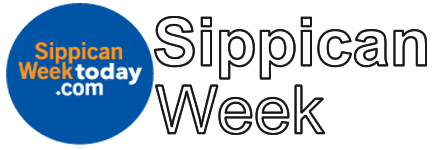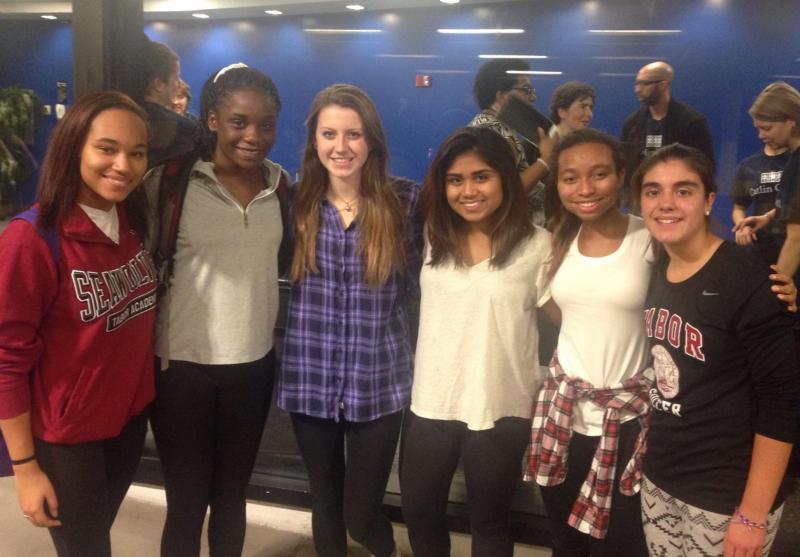Tabor works to improve diversity on campus
Cultivating diversity at Tabor Academy is not something that can be summed up in one sentence, and the school’s efforts are years in the making, says Anika Walker-Johnson, Tabor’s dean of multicultural education and community life.
“To create diversity and inclusion, you need to have some sort of vision,” she said.
Part of that vision is bringing students into the conversation, something Walker-Johnson has worked to do, in part, by encouraging students to attend the Student Diversity Leadership Conference.
“If you’re not having the conversations then you don’t know how to move forward,” said Walker-Johnson.
While attending the People of Color Conference for faculty of independent schools several years ago, Walker-Johnson observed the student conference, which is held concurrently. She observed how powerful the student conference was and knew she couldn’t come back without a Tabor cohort.
Sixteen hundred students strong, the yearly conference brings together high schoolers from across the nation for two and a half days of intensive discussion on race, religion, gender, sexual orientation and more. Earlier this month, Walker-Johnson took six students to the conference, held in Tampa, Florida this year.
Trinity Monteiro attended the conference for the second time this year.
“I took away so much last year, and it’s really cliché but it’s such a life changing experience,” she said. “I did a lot of reflection on myself last year. Keeping the conference in mind really changed how I thought about myself, my community and things like that.”
While she didn’t know what to expect last year, Monteiro, a junior from New Bedford, knew exactly what she wanted to focus on this time around – female empowerment.
Inspired by the conference, Monteiro founded a local chapter of I Am That Girl, an international organization that encourages girls to have self-worth, engage in their community and speak up.
She said her experiences over the past two years have encouraged her to be vocal about diversity at Tabor in an effort to make it a normal topic of conversation.
“The biggest thing is sparking the conversation when you’re not told to be having the conversation,” said Monteiro. “We don’t just talk about bullying when it happens, you talk about it all the time so it doesn’t happen.”
Since coming to Tabor as a freshman, Monteiro said she has seen positive change on the topic of diversity, particularly the faculty’s Diversity Council. There is still much to do, she said.
“I personally want to see more open mindedness at Tabor, for people to be willing to want to learn about difference and about different cultures instead of just assuming that we all come for the same background, racially, economically or even genderwise,” Monteiro said.
Walker-Johnson said improving diversity does take time, but the school has made positive strides, taking cues from a diversity assessment conducted in 2013.
Faculty are being trained to mentor students; there is a student supported day of silence to show solidarity with the gay, lesbian, bisexual, transgender, queer community; and a new Cultural Conversations series has started to increase dialog by addressing stereotypes, religious celebrations and other topics of diversity.
Additionally the school is working to increase diversity among its faculty and students. Among U.S. students who identify as minorities, the number has grown from 6 percent in 2013 to 10.5 percent this year. When will that number be high enough? That’s a question that doesn’t have a clear answer, said Walker-Johnson.
The more important question is: “At what point do members of your school community begin to feel empowered?” she said.
As members of the student body and faculty work towards that goal, Monteira said it will be important to look at the differences in the community as good things.
“Rather than using that as a negative, use it as a positive to learn from one another. I really want to see people be willing to do that,” she said.















